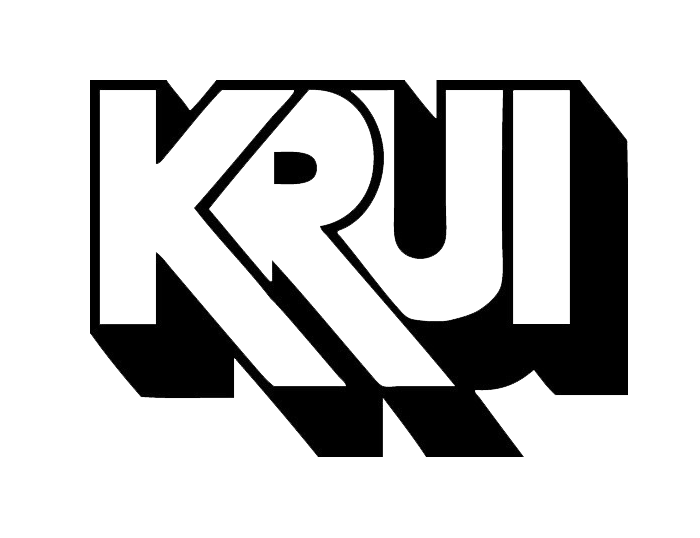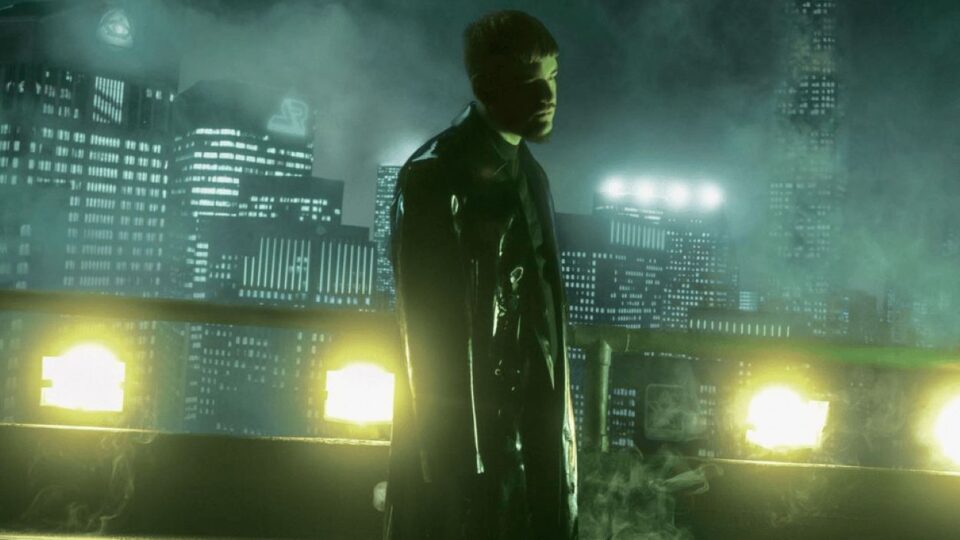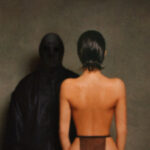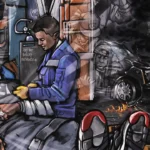With the release of the Portland based rapper’s fourth studio album, Yeat puts himself in rarified company next to Playboi Carti at the forefront of this new wave of hip-hop, commonly referred to as “rage music“. But what does the sound of rage music entail? Traditionally this style is centered around loud distorted bass with either bright synths, or sounds of a grungy distorted guitar. This sound was ushered in by an album many now consider gospel, Playboi Carti’s Whole Lotta Red.
On 2093, Yeat throws this previous formula out the window, and decides to show the world his distinct vision of hip-hop’s future. That vision is centered around techno, with trance and industrial influences. While this vision sounds incredible on paper, Yeat doesn’t quite maximize the potential of this sound.
2093 consists of futuristic synths and many other sounds that are associated with genres far out from what has traditionally been seen considered rap. The pulsating base on tracks like “Breathe” and “Riot & Set it off” could have seamlessly fit in on Mandy, Indiana’s I’ve Seen a Way. “1093” has a beautiful melody that wouldn’t sound foreign on a Nine Inch Nails project. Even though “Bought The Earth” is a decent piece of psychedelic hip-hop, but it sounds like a Travis Scott throwaway. Additionally, the 30-second cinematic intros and outros on various tracks across the album reek of musical pseudo-intellectualism. It just comes across as clichéd.

Despite the many creative peaks on the record, proper curation is once again the Yeat’s Achilles heel. In the streaming era, many artists have put out longer projects to boost sales numbers and algorithm interaction. This has dragged down the quality and potential of many projects like Whole Lotta Red or Certified Lover Boy.
Unfortunately, 2093 is the newest member of an exclusive list of “could’ve been” classics. The length of this 22-track behemoth tends to bring down the special qualities of this album and make it drag along. For some reason, this has been a recurring theme in his discography, and it has been quite frustrating to witness. Perhaps he should have taken notes from Ken Carson’s A Great Chaos. If this album could have been cut down to at least 18 tracks, much more of the project’s full potential could have been realized.

The length of the project is just one amongst various elements that weighed this project down. An aspect worth noting is Yeat’s lethargic delivery throughout the vast majority of this project. One of the most interesting aspects of his music has been his unorthodox and experimental vocals. On Aftërlyfe, it felt like you could never expect what was coming next. That unpredictability resulted in memorable vocal takes such as those on “Heavyweight” and “Split” that are ingrained in my mind to this day. Those unconventional deliveries were strongly needed and would have made 2093 worth its length.
Even though there are some truly incredible moments on this record, the romanticized idea of what this album could have been is much more enthralling than the project we received. Perhaps younger generations may consider the album as a classic, and a blueprint of what’s to come, while I end up on the wrong side of history. In the meantime, until Yeat is able to grasp the depth of his untapped potential over the length of a full project, I am going to have to settle for only adding a select few of his songs to my playlists.
Official Maurice Crawford Score: 6.4/10




